Oceanian fruits are a diverse array of edible plants originating from or commonly found in Oceania, encompassing Australia, New Zealand, and the Pacific Islands. This region boasts native and introduced fruit varieties, each with unique characteristics.
The fruits from this region vary greatly in their sensory properties: some, like the pawpaw and guava, are known for their aromatic and sweet flesh, while others, like Davidson’s plum, offer a more sour and tangy experience.
Shapes and sizes can range from the small and caviar-like pearls of the finger lime to the large, spiky exterior of the jackfruit. Many Oceanian fruits are also known for their vibrant colors, including deep reds, bright yellows, and lush greens.
These fruits are key to Oceanic cuisine. They appear in fresh salads, desserts, savory dishes, and drinks. For example, coconuts are eaten fresh and used to make coconut milk, oil, and flour, all essential in many Oceanic recipes.
Let’s explore the world of Oceanian fruits together! I’ve put together a list of diverse fruits from across this continent. Stick around until the end because I’ll also share the unique traits of fruits from different regions: Australasia, Melanesia, Micronesia, and Polynesia.
Ready to start our journey? Let’s go!
26 Popular Oceanian Fruits from Different Regions
Below are 26 popular Oceanian fruits enjoyed across various regions. Use the filters to quickly find the fruit you’re looking for!
Banana
- Central African Republic
- Cyprus
- Egypt
- Berry
Bananas are a staple in Oceania, particularly in Australia, Papua New Guinea, and the Solomon Islands. Native to Southeast Asia, these long, curved fruits with yellow peels and sweet, creamy flesh are available year-round, making them a diet constant.
In Oceanian cuisine, bananas are versatile and delicious. They can be eaten fresh or used in cooking and baking, featuring in dishes like banana bread, fritters, and pancakes.
In the Solomon Islands, bananas are often wrapped in pearl cassava and served with whipped cream or caramel, and they add sweetness to savory dishes like banana curry.
Kiwi
- New Zealand
- Berry
Kiwi, or kiwifruit, is a small, fuzzy fruit with vibrant green flesh and tiny black seeds. Though originally from China, it thrives in New Zealand, becoming a national symbol and an essential part of the local diet.
With a sweet-tart flavor and juicy texture, kiwifruit is enjoyed in many ways. It’s often eaten fresh or added to fruit salads and desserts, and it’s a star ingredient in pavlova, a traditional New Zealand dessert. Kiwi also enhances savory dishes, adding a refreshing twist to salads and salsas.
Papaya
- Berry
Papayas, or pawpaw, is a tropical fruit from Central America, now thriving in Oceania, especially in Fiji, Samoa, and the Solomon Islands. These pear-shaped fruits have smooth greenish-yellow skin that turns yellow when ripe, revealing bright orange flesh with a sweet, musky flavor.
The central cavity holds numerous edible black seeds with a peppery taste. In Oceanian cuisine, papayas are versatile. They are enjoyed fresh in fruit salads or as snacks, and are used in smoothies, jams, and desserts like pies and puddings.
Unripe green papayas are shredded for salads or cooked in stews and curries, adding a mild flavor and tender texture.
Pineapple
- Multiple Fruit
Pineapples, native to South America, are essential in Oceanian cuisine, especially in Hawaii, Fiji, and Tonga. These fruits have tough, spiky skin and sweet, juicy flesh that ranges from pale yellow to golden, offering a perfect blend of sweetness and acidity.
Pineapples are enjoyed fresh or in fruit salads and shine in cooking and baking. They can be grilled and paired with meats, especially in Hawaiian dishes, or used as a pizza topping.
Pineapples are also key in beverages like smoothies and piña coladas and add a sweet-tangy flavor to desserts like upside-down cakes and tarts.
Mango
- Haiti
- India
- Pakistan
- Philippines
- Drupe/stone Fruit
Mango is a tropical fruit in Oceanian cuisine, thriving in Fiji, Australia, and the Solomon Islands. These fruits, native to South Asia, are oval or round with smooth skin that ripens to yellow, red, or orange. Inside, the flesh is juicy, sweet, and slightly fibrous, surrounding a large, flat seed.
In Oceania, mangoes are enjoyed fresh, adding a tropical sweetness to fruit salads. They’re also used in savory dishes like mango chutney and in desserts like sorbets, ice creams, cakes, and muffins.
Coconut
- Drupe/stone Fruit
Coconut is a celebrated fruit in tropical Oceania, especially in Australia, New Zealand, and many Pacific islands. With its hard shell, fibrous husk, and sweet white flesh, this large fruit offers refreshing water and rich, creamy meat enjoyed year-round, particularly in the dry season.
With a mildly sweet and creamy taste, coconuts are common in many Oceanian dishes, from savory to sweet treats. Coconut milk and cream are common in curries, soups, and desserts, while coconut oil is a staple in cooking and traditional medicine.
Passionfruit
- Berry
Passionfruit, or passiflora, is well-liked in Oceania, particularly in Australia, New Zealand, and Fiji. This exotic fruit, native to South America, thrives in the warm Pacific climate.
Its round, leathery rind can be purple, yellow, or green, and inside, the juicy pulp is filled with small black seeds, offering a sweet-tart flavor.
Passionfruit is enjoyed fresh, with the pulp scooped straight from the rind, and often tops desserts like pavlova. The pulp and juice add a zesty kick to juices, cocktails, and smoothies, and enhance sauces, dressings, and marinades.
Feijoa
- Berry
Feijoa, also called pineapple guava, is special in Oceanian cuisine, especially in New Zealand. The oval-shaped fruit has green skin and a sweet, aromatic flavor combining pineapple and guava notes, with juicy, slightly gritty flesh.
Feijoas are in season from late autumn to early winter. They are enjoyed fresh, in fruit salads, and are popular in baking, with recipes for feijoa cakes, muffins, and crumbles.
Feijoas are also made into jams, jellies, and sauces, such as feijoa and ginger jam, which pairs beautifully with meats like corned beef.
Breadfruit
- Multiple Fruit
Breadfruit is a key ingredient in the Pacific Islands, including Polynesia, Micronesia, and Melanesia. This tropical fruit has rough green skin that turns yellow when ripe, and its starchy, potato-like flesh offers a mild, slightly sweet taste when cooked.
Breadfruit is a culinary chameleon that is available year-round. It can be roasted, baked, fried, or boiled, often replacing potatoes or rice. Oceanian dishes feature it in curries, stews, chips, or ground into flour for baking.
Sweet treats like breadfruit puddings and cakes are also popular, especially when paired with coconut and vanilla.
Guava
- Berry
Guava is a tropical gem thriving in Oceania, notably in Fiji, Tonga, and Hawaii. This small, round fruit has green or yellow skin and juicy, aromatic flesh in shades of pink or white, with flavors ranging from sweet to tangy.
In Oceanian cuisine, guava is a favorite. It’s enjoyed fresh, added to fruit salads, or transformed into juices, jams, and jellies. Guava paste is a beloved sweet, and the fruit’s unique flavor enhances desserts like cakes and pies, offering a mix of sweet and tart.
Tamarillo
- Berry
Tamarillo, also known as tree tomato, is an exotic fruit from the Andes, now thriving in New Zealand. This small, egg-shaped fruit has smooth red, orange, or yellow skin, with vibrant, tangy, and slightly sweet flesh.
In Oceanian cuisine, tamarillos are enjoyed in various ways. They can be eaten fresh by scooping out the flesh or used in chutneys and sauces for a rich, tangy flavor in roasted meats and curries. Tamarillos also enhance desserts, jams, jellies, and smoothies.
Finger Lime
- Citrus
Finger lime, or caviar lime, is a native Australian fruit known for its unique texture and vibrant flavor. These finger-sized fruits have tough green to dark red skin, filled with tiny, pearl-like vesicles that burst with a tangy lime flavor.
In Oceanian cuisine, finger limes are prized for their zesty taste and visual appeal. The vesicles, often called “lime caviar,” are used to garnish seafood dishes, salads, and desserts.
Davidson’s Plum
- Drupe/stone Fruit
Davidson’s plum, also known as ooray, is a native Australian fruit found in the rainforests of Queensland and northern New South Wales. Though it looks like a European plum, it’s unrelated and features dark purple skin with vivid red flesh, offering a tart, aromatic taste.
They are typically used in jams, sauces, and desserts rather than eaten fresh in Oceania. Their tartness enhances yogurts, ice creams, and smoothies, and they are popular in savory dishes like meat sauces and bush tucker recipes.
Rambutan
- Berry
Rambutan, an exotic Southeast Asian fruit, is loved in places like Papua New Guinea and tropical Australia. This small, round fruit has a hairy red or yellow skin that reveals juicy, translucent flesh with a sweet, slightly acidic taste similar to grapes.
Typically harvested during the rainy season, rambutans are best fresh, making a vibrant addition to fruit salads and snacks. In Oceanian cuisine, they enhance desserts, jams, and jellies, and even complement savory dishes with their sweetness.
Noni
- Berry
Noni is a unique fruit native to the tropical regions of Oceania, especially in Tahiti, Fiji, and other Pacific islands. This oval-shaped fruit with bumpy greenish-yellow skin has a strong odor but is cherished for its medicinal benefits.
Noni has a bitter, sharp taste and a cheese-like texture, thriving year-round in rich volcanic soils. Often consumed as juice mixed with other fruits, it is also used in traditional remedies to boost the immune system and aid digestion.
Soursop
- Aggregate Fruit
Soursop, also known as Graviola or Annona muricata, is a favorite in Papua New Guinea and other Pacific islands. This heart-shaped fruit with dark green, spiky skin, and creamy white flesh offers a flavor blend of strawberry, pineapple, and citrus.
Harvested in warmer months, soursop’s soft, fibrous texture is ideal for smoothies, ice creams, and desserts. Its tangy sweetness makes it perfect for juices and traditional drinks in Oceanian cuisine.
Mangosteen
- Thailand
- Berry
Mangosteen, known as the “queen of fruits,” is a beloved treat in Oceania, including Australia and New Guinea. This round fruit, about the size of a small apple, has a thick dark purple rind and juicy white segments.
Its taste is a blend of sweetness and tanginess, reminiscent of peach, pineapple, and strawberry, with a smooth, creamy texture.
Mangosteens are available during the wet season, prized for their unique flavor and nutritional benefits. In Oceanian cuisine, they are often enjoyed fresh but also enhanced desserts, juices, and salads.
Quandong
- Drupe/stone Fruit
Quandong is a bright red fruit native to Australia’s arid regions. It has a tart flavor and a texture similar to a peach but with a unique tangy taste. Quandongs are in season from late spring to early summer. The drought-resistant trees thrive in Australia’s harsh climates.
In Oceanian cuisine, quandongs are versatile and featured in both sweet and savory dishes. They are often made into jams, sauces, and chutneys that pair well with meats like lamb and kangaroo.
Kaffir Lime
- Citrus
Kaffir lime, or makrut lime, is a citrus fruit from Southeast Asia, found in Thailand, Indonesia, Malaysia, and the Philippines. Recognizable by its bumpy green skin and small size, this extremely sour fruit contains little juice but has highly aromatic zest.
The double-lobed, dark green leaves are a staple in Southeast Asian cuisine, used in dishes like Thai curries, tom yum soup, and stir-fries for their strong citrus fragrance.
Açaí Berry
- Berry
Açaí berry, native to the Amazon rainforest in Brazil, is a small, dark purple fruit known for its high nutritional value and antioxidants. In Oceania, particularly Australia and New Zealand, açaí berries are popular for their health benefits.
They are used in smoothies, bowls, and desserts, with açaí bowls being a favorite breakfast or snack, blending açaí pulp with other fruits and topped with granola, fresh fruits, and seeds.
Kumquat
- Citrus
Kumquat is a small citrus fruit native to Asia that is flourishing in Oceania, especially in Australia and New Zealand. This bright orange fruit is oval or round, with edible, sweet skin and tart flesh. In season from late autumn to winter, kumquats offer a refreshing treat during cooler months.
Kumquats are enjoyed both fresh and in various dishes. They add a tangy burst to fruit salads, jams, and marmalades. Their unique sweet-tart taste complements savory sauces for meats, and they can be candied or used as a vibrant garnish in cocktails.
Abiu
- Berry
Abiu is a tropical fruit from the Amazon grown in Australia and the Pacific islands. This oval fruit has a smooth yellow skin and translucent, juicy flesh. Its sweet, mild taste is like caramel or a mix of pear and vanilla, with a custard-like texture.
Abiu trees bear fruit mainly in warmer months, making fresh abiu a seasonal delight. In Oceania, abiu is often fresh but adds a tropical twist to smoothies, fruit salads, and ice creams. Its sweet flavor makes it a favorite dessert fruit.
Starfruit
- Berry
Starfruit, or carambola, is a fruit native to Southeast Asia and popular in Oceania, including Australia and the Pacific islands. Its star-shaped cross-section and yellow or green waxy skin encase a crisp, juicy texture with a taste ranging from mildly sweet to tangy.
Available year-round, starfruit peaks during the wet season. In Oceanian cuisine, it’s enjoyed fresh in salads and salsas, used as a garnish, or incorporated into jams, jellies, and savory dishes for a tropical twist.
Cempedak
- Multiple Fruit
Cempedak is a tropical fruit from Southeast Asia, also found in Oceania’s warm climates like Papua New Guinea and parts of Australia. This fruit looks like a smaller jackfruit with rough, greenish-yellow skin and reveals fragrant, golden-yellow flesh inside.
Cempedak’s sweet, creamy taste, reminiscent of banana and durian, is typically enjoyed fresh. It’s also used in desserts, fried as fritters, or added to savory dishes for a sweet contrast, particularly during the rainy season when it’s ripest.
Pandanus Fruit
- Multiple Fruit
Pandanus fruit, or hala fruit, is an exotic treat from Oceania’s coastal regions, including Australia, New Zealand, and many Pacific islands. This spiky, segmented fruit turns orange or red when ripe and has a fibrous texture.
Pandanus fruit is a summer favorite with a mildly sweet, nutty flavor reminiscent of pineapple and coconut. It’s enjoyed raw or cooked in desserts, jams, and traditional dishes, and the tree’s aromatic leaves enhance both sweet and savory recipes.
Illawarra Plum
- Drupe/stone Fruit
Illawarra plum, or plum pine, is native to Australia’s coastal regions of New South Wales and Queensland. This dark purple fruit, resembling a plum, grows on a large evergreen tree and has sweet, juicy flesh with a slightly resinous flavor.
In late summer to early autumn, Illawarra plums enhance sauces, chutneys, and jams, enriching meats like kangaroo and lamb with their complex taste. They’re also used in desserts like tarts and puddings, and incorporated into wines and liqueurs for a distinctive flavor.
List of Oceanian Fruits
What Are the Characteristics of Fruits in Different Oceanian Regions?
Oceania is a diverse region with various climates and ecosystems, which results in a wide range of unique fruits. Here are the key characteristics of fruits found in each Oceanian region:
In the Australasian region, encompassing Australia and New Zealand, fruits are diverse, with tropical and temperate varieties. Common fruits include bananas, mangoes, passionfruit, and citrus fruits.
Fruits are key in many Australian dishes such as pavlova (meringue-based cake) and pikelet (small pancake). Tropical fruits are also added into beverages, with Lemon, Lime, and Bitters (LLB) being a favorite drinking option in Australia.
In New Zealand, kiwi and feijoa fruits are common for drinks in New Zealand, such as kiwi juice and feijoa juice. Pavlova and pineapple plum are other New Zealand must-try dishes made from fruits.
Fruits in Micronesia, Fiji, and Papua New Guinea are mainly tropical, focusing on bananas, coconuts, pineapples, papayas, and breadfruit.
Fruits are key in tasty Fijian dishes like kokoda (raw fish salad with coconut milk) and vakalolo (coconut cream pudding). Popular drinks include fresh coconut water and pineapple juice.
In Papua New Guinea, traditional mumu (earth oven) cooking uses bananas and other fruits, with many coconut-based dishes. Coconut water and fruit juices are also popular, fitting the tropical climate.
Micronesian cuisine relies heavily on its tropical fruits, including breadfruit, bananas, and coconuts. In Kiribati, breadfruit is often used in stews, and dishes featuring coconut crabs are unique. Fresh coconut water and toddy, a fermented coconut sap, are common drinks.
Local Guamanian dishes like kelaguen (chicken with lemon and coconut), Bunelos Aga (snack made from banana), and breadfruit dishes show the versatility of fruits. Lemon juice beverages and coconut water are popular.
Polynesia, including Hawaii, Samoa, Tahiti, and Tonga, is rich in tropical fruits like bananas, coconuts, and taro. Fruits are essential in everyday meals and traditional celebrations.
Fruits like bananas, coconuts, and pineapples are used in various Hawaiian dishes like huli huli chicken, Hawaiian shave ice, haupia (coconut pudding), and Hawaiian butter mochi. Popular Hawaiian beverages containing fruits are mai tai cocktails, piña colada, Hawaiian mimosa, and coconut water.
Local Samoan delicacies like fa’alifu talo (taro with coconut milk), Fa’ausi (coconut bread), and pani popo (bread roll with coconut sauce) highlight fruit usage. Fresh coconut water and local fruit juices are common.
Fruits like breadfruit, bananas, and coconuts are staples in Tongan culinary items. ‘Ota ‘ika (raw fish salad with coconut milk and lime juice), faikakai topai (Tongan dumpling), vai siaine (Tongan desserts) emphasize the importance of these fruits in the local diet.
Which Oceanian fruit are you curious to try? Tell me in the comments! Make sure to check out other fruit guides for more delicious discoveries from different regions. Happy exploring!


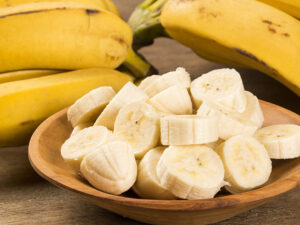
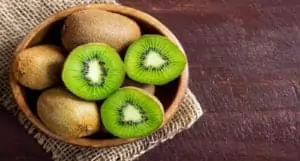
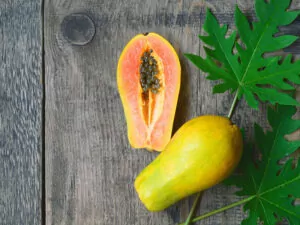
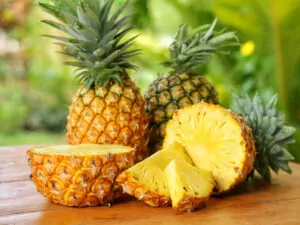
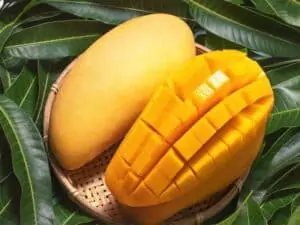
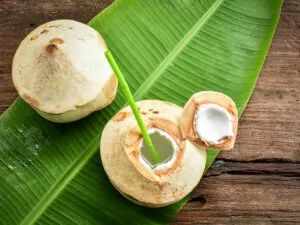
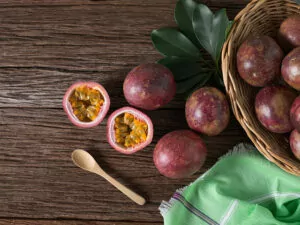
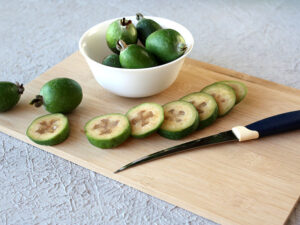
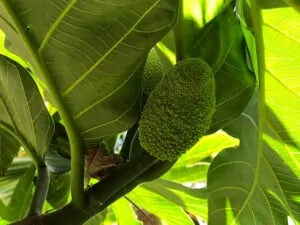
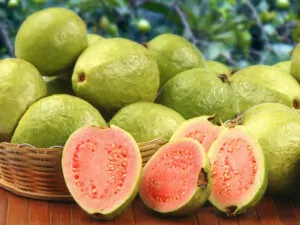
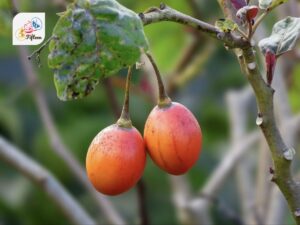
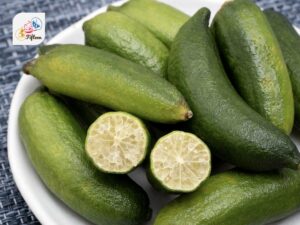
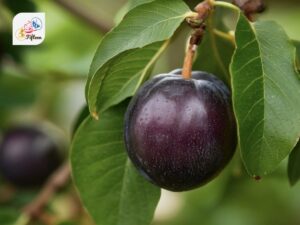
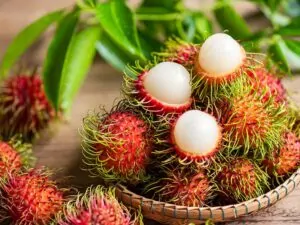
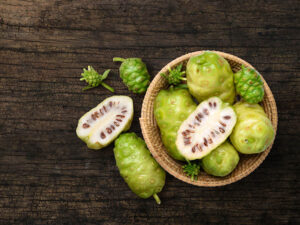
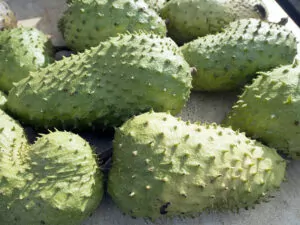
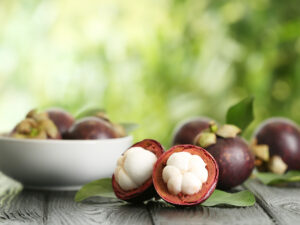
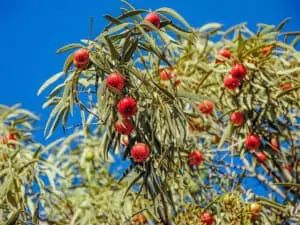
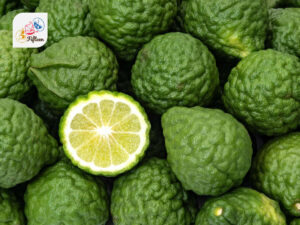
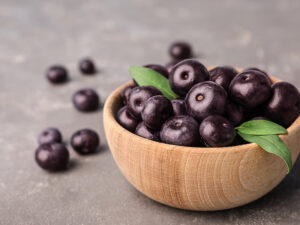
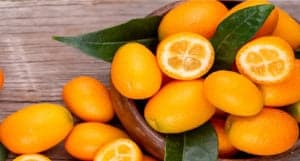
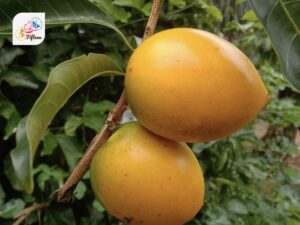
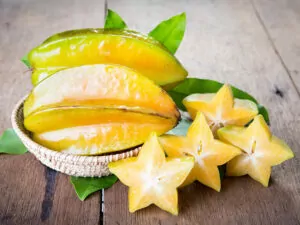
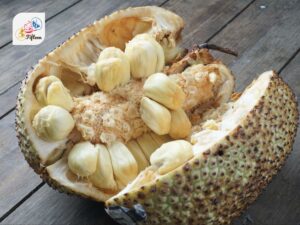
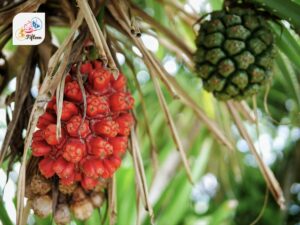
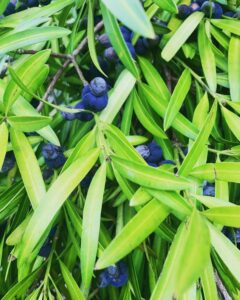
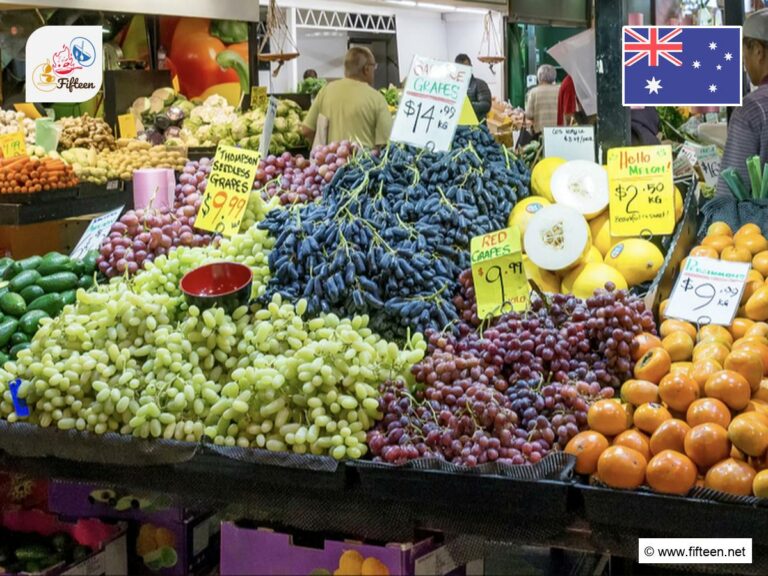
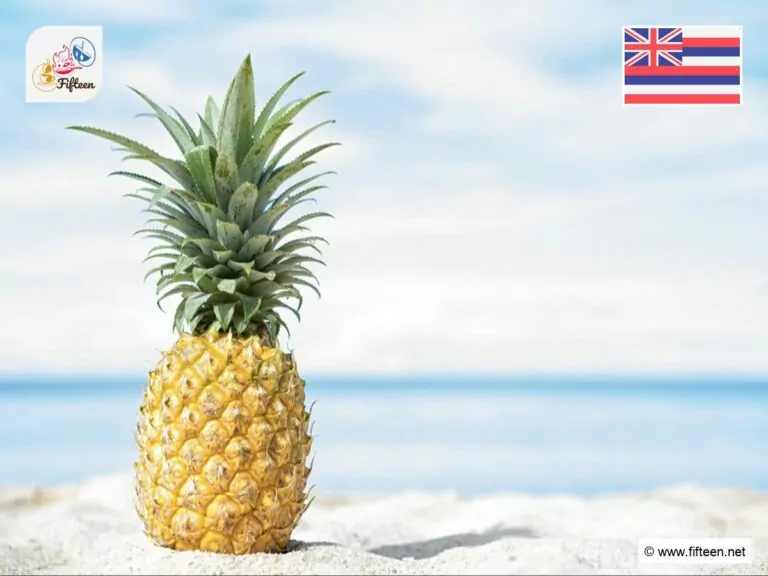
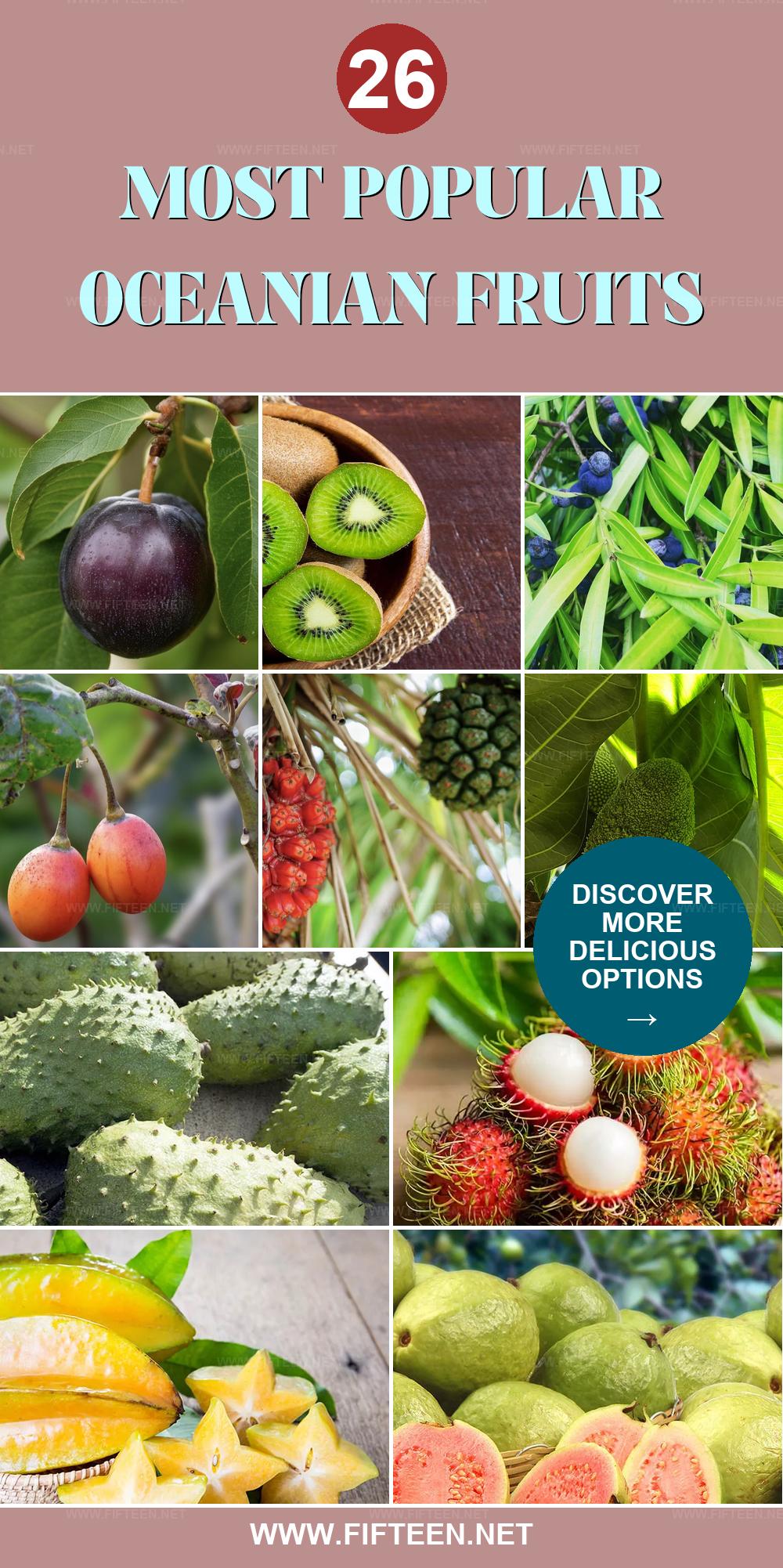
Jamie Scott
Editor in Chief, Senior Content Writer
Expertise
Home Cooking, Meal Planning, Recipe Development, Baking and Pastry, Food Editor, Cooking-video Maker, Western Food Evaluation Expert
Education
Le Cordon Bleu College of Culinary Arts
Local Community College, New York, NY
Jamie Scott is a skilled culinary expert and content creator specializing in Western cuisine. With over 15 years in the culinary field and formal training from Le Cordon Bleu, Paris, Jamie deeply understands how to blend nutrition with delicious flavors. His passion for cooking matches his commitment to making healthy eating accessible and enjoyable.
On Fifteen.net, Jamie brings a fresh perspective to classic dishes and beverages, offering readers insightful recipes, cooking tips, and a fresh view on meal planning that emphasizes taste, health, and simplicity.